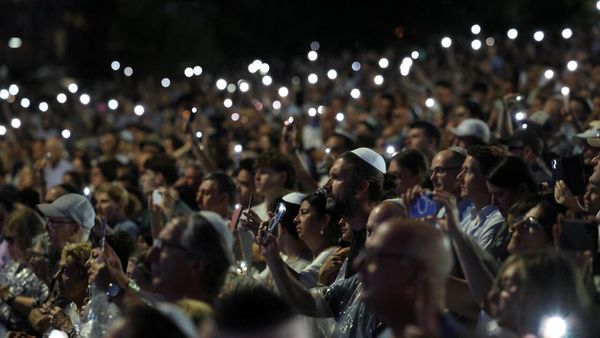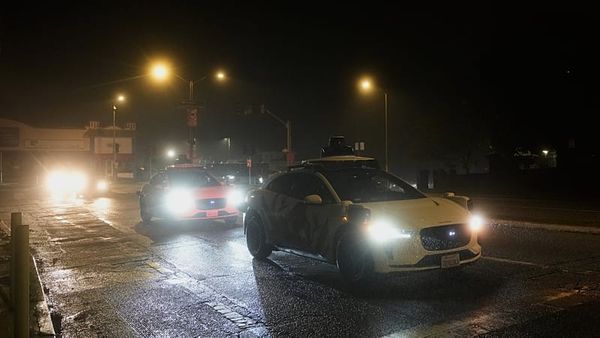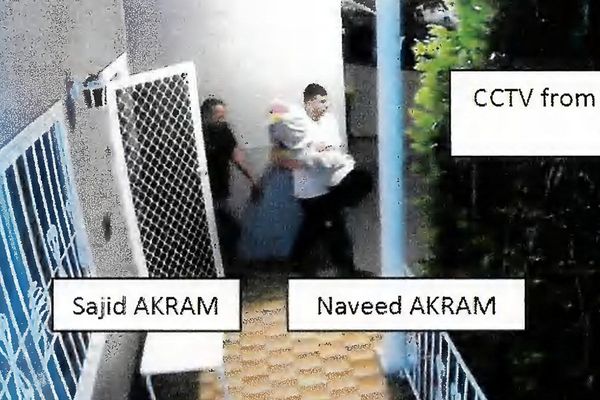
The final result of this week’s strike by junior doctors cannot be predicted, but some scenarios are likelier than others. It is improbable that the government will accede to the British Medical Association’s call for a 35% pay rise, and it is unlikely that doctors will lose the will to protest without improvement in their working conditions. That leaves a spectrum of compromises that can only be achieved by negotiation, which makes the government’s refusal to talk pointless and, for NHS patients, dangerous.
The Department of Health and Social Care is approaching the dispute with junior doctors much as it handled industrial action by nurses, which is to say, negligently. The opening gambit is a refusal to engage, in the hope that public opinion will move against the strikers. Ministers also hope for splits in the medical profession, with consultants (whose financial situation is less precarious and whose pension arrangements were ameliorated in the recent budget) withdrawing solidarity from younger colleagues.
Many doctors, junior and senior, are queasy about the strikes. It is impossible to withdraw labour from hospitals without diminishing the service and patients suffering as a result, because procedures are delayed or wards are understaffed. The argument to justify that cost is that patients are already at risk in a system that has been overworking and underpaying junior doctors for years. As with nurses and ambulance workers, the decision to strike has not been taken lightly. It expresses fear for the viability of the NHS if the workers who keep it functioning are forced to seek employment elsewhere because they can no longer endure the conditions imposed on them.
That retention crisis, with doctors retiring early, starting new careers or pursuing their current one in countries that treat them better, is one reason why many consultants support the strikes despite misgivings about their impact on hospitals. They see the demoralisation of a younger generation and anticipate a chronic long-term shortage in years to come. Immigration can plug the gap in some areas, but it is not a sustainable solution.
It is shaming for a developed economy to be failing to provide ambitious, hardworking graduates with attractive pathways into medicine. And it is plain wasteful for the state to subsidise medical training, only to then see the beneficiaries of that education apply it in Australia or Canada.
This is the deeper crisis behind the strikes – the degradation of publicly funded healthcare that cannot be mitigated indefinitely by the goodwill of NHS staff. It is something that the public understands better than the government, especially since the pandemic. Junior doctors have been sacrificing their own time, health and wellbeing to make up for inadequate resourcing, and they have nothing left to give. They strike for better pay and conditions, heedful of the immediate disruption to the public, but also on behalf of the public, who are entitled to be treated by people who are not physically and mentally exhausted, nor financially straitened.
Steve Barclay, the health secretary, claims to be ready to negotiate, but cites the 35% demand as an obstacle. That is disingenuous. A negotiation rarely ends where it starts, but it has to start somewhere. This dispute will surely end with a compromise of some kind. The government is wasting time and putting lives at risk by delaying that journey.
• This article was amended on 13 April 2023, to refer to ambulance workers rather than to “ambulance drivers”, as an earlier version said.







